We look back at the top 10 Kia designs created by Chief Design Officer Peter Schreyer.
In just 10 years, Kia One of the biggest turnarounds in automotive history has been made by Hyundai. The once-discredited Korean automaker now offers affordable, well-equipped cars with good quality and creative design.
Peter Schreyer is the man responsible for all of this creativity in design. He celebrated his 10th year with the company and is now the President and Chief Designer Officer. Schreyer has restored Kia’s image and brought out unique, thoughtful design cues that were previously reserved for luxury brands.
Today we look back at some of these intuitive designs and highlight the ten most outstanding from the past decade.
Kia K900
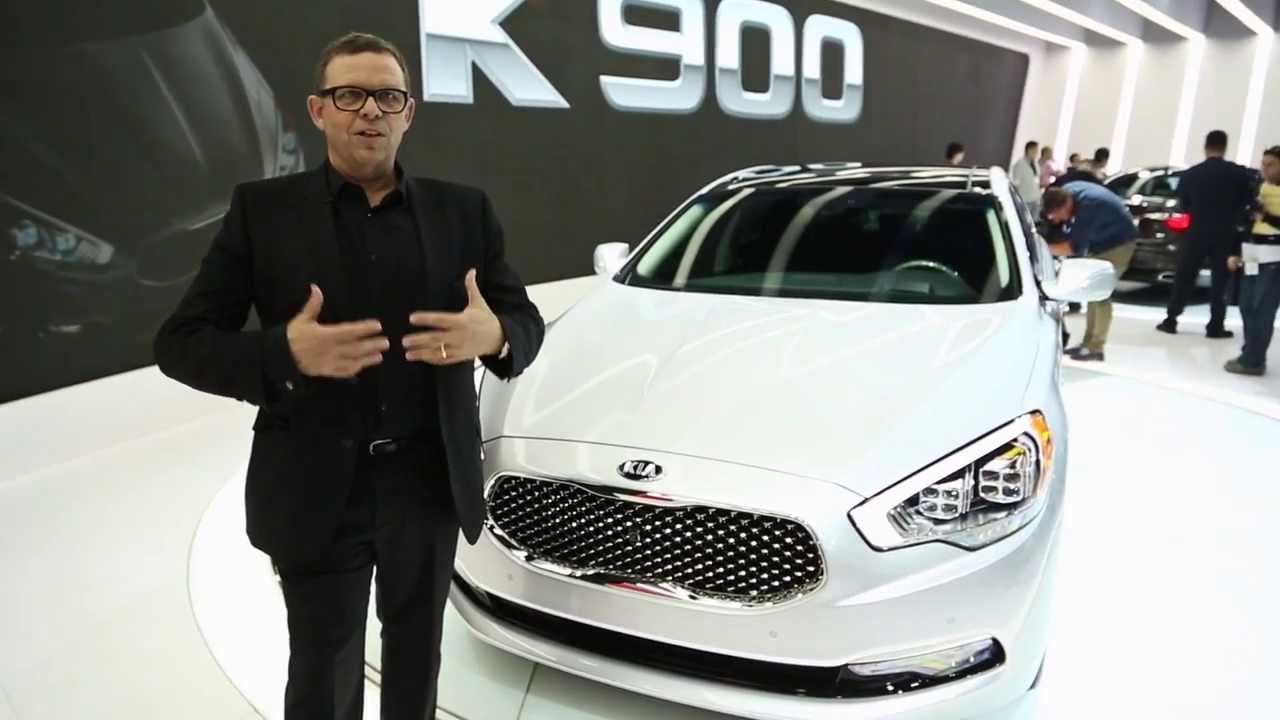
The K900 was introduced in 2013 and marked a major shift in company thinking. The 5.0-liter V8 was powerful and rivaled other competitors. It also featured a subtle but striking design.
The K900 was, outside of the Cadenza luxury car, was the first full-size luxury car Kia ever made. Although it was a bold move and it didn’t bear the fruits executives hoped for, the K900 is still a unique alternative to the BMWs, Benzs, and other luxury cars in the world.
Kia Naimo Concept
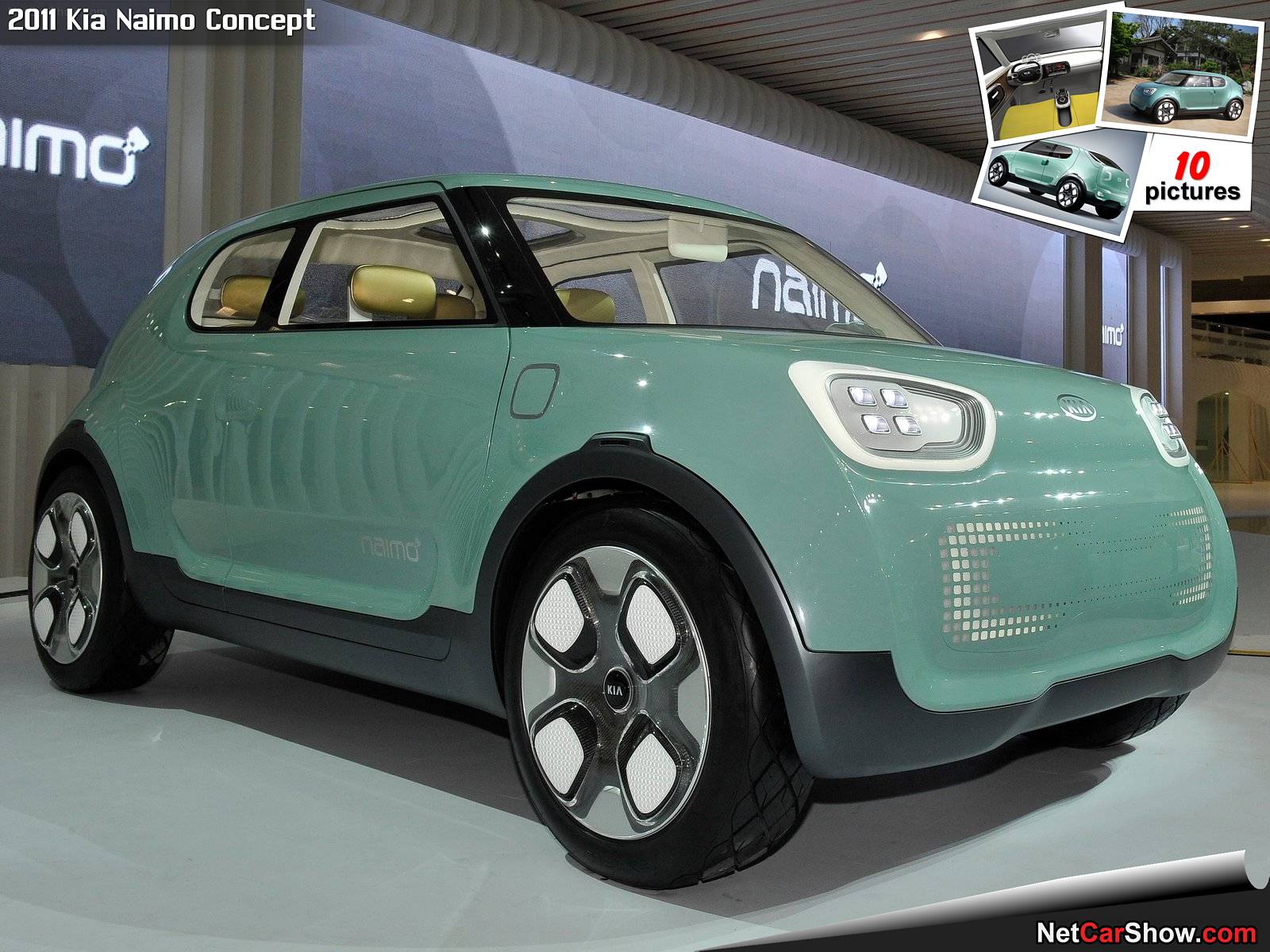
The Naimo concept was introduced by Kia in 2011. It was Schreyer’s first major design concept for the company. It represented a nostalgic revival Kia’s Korean roots. Technology, design and culture were all merged into a singular package.
Schreyer stated that Naimo is the ideal balance of innovation and high-tech with Korean tradition. “It is heavily inspired by traditional Korean arts and crafts. However, it combines these with cutting-edge technologies to create a truly exceptional experience.”
Kia Sedona
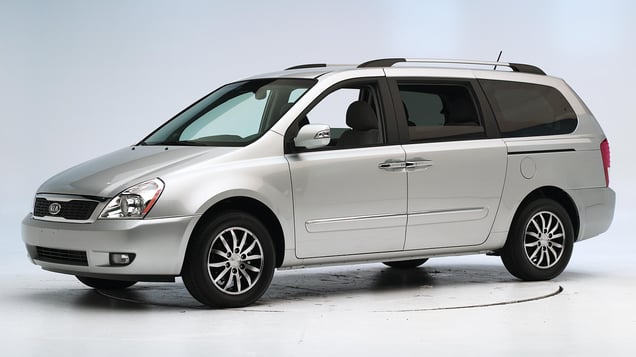
Kia had a bold goal for 2014: make the minivan great once again. Given the drop in minivan market share and the success with the SUV, it was a difficult task. The final product was beautiful, however.
At the 2014 New York Auto Show, the new Sedona was unveiled. Its muscular design and high-quality materials mirror the rest of Kia’s lineup. The Sedona climbed to the top of its minivan pack with standard features such as Bluetooth connectivity and keyless access.
Kia Soul
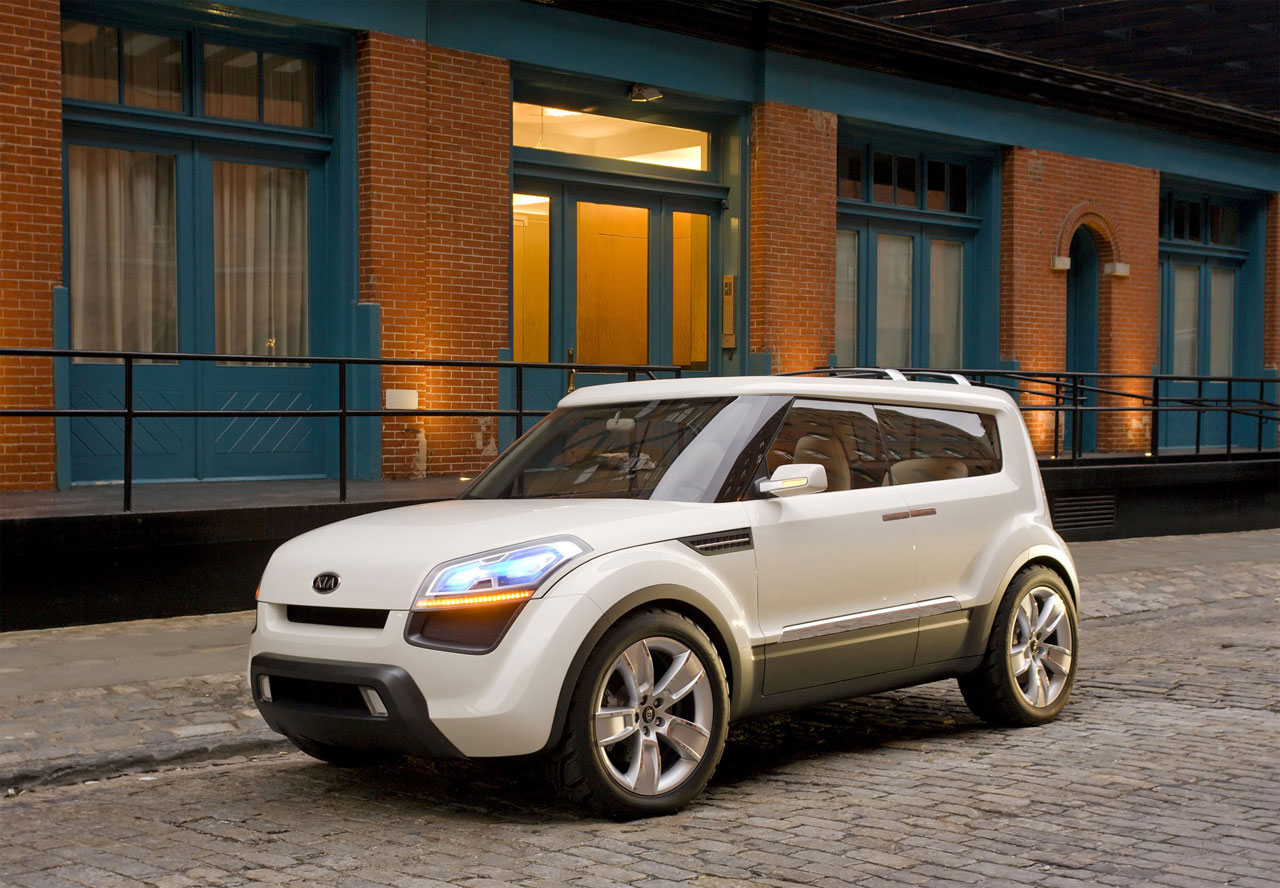
The Kia Soul’s success is not without merit. The Soul, perhaps the most famous design Kia has produced in the last ten years, is still a staple for both young professionals and millennials.
Although Schreyer did not initially draft the design, he and his team modified it after the launch of the concept in 2006. This was to ensure that the model would be a success. It was. The Soul was a small, unique CUV that hit the market in 2008. The Soul’s distinctive boxy appearance made it stand out in crowded parking lots. It also had a spacious interior that was as enjoyable to drive as it is to admire.
The Soul’s reign of success continues in 2016 — year to date, more than 95,000 Souls have been sold.
Kia Soul Track’ster & Trail’ster
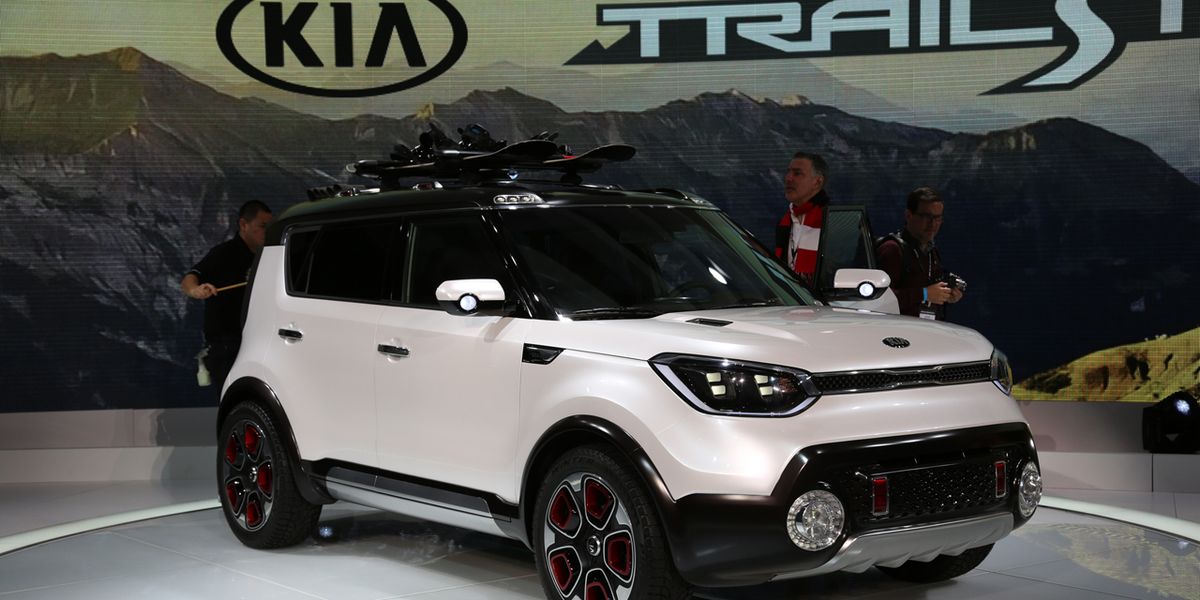
Schreyer and his team grew on the success of Soul and decided that the CUV, which was a likable character, needed some toughening up. Two concepts were created to give the new machismo personality, the Track’ster and the Trail’Ster.
Although they were introduced in 2012 and 2015, the Track’ster and Trail’ster were released in 2015. Both concepts were inspired by the unique design of the Soul. Packages that further enhanced this likable design made them even more appealing. The Track’ster was a 250-horsepower track champ, while the Trail’ster is an all-wheel-drive weather champion.
Both brought unique personalities to the table in terms of performance and design. The Track’ster was given a new aggressive fascia, performance-oriented tires and wheels. The Trail’ster was able to do the job, with an aggressive new fascia and off-road tires. It also had a more sleek front end design, including foglights.
Concept Kia GT
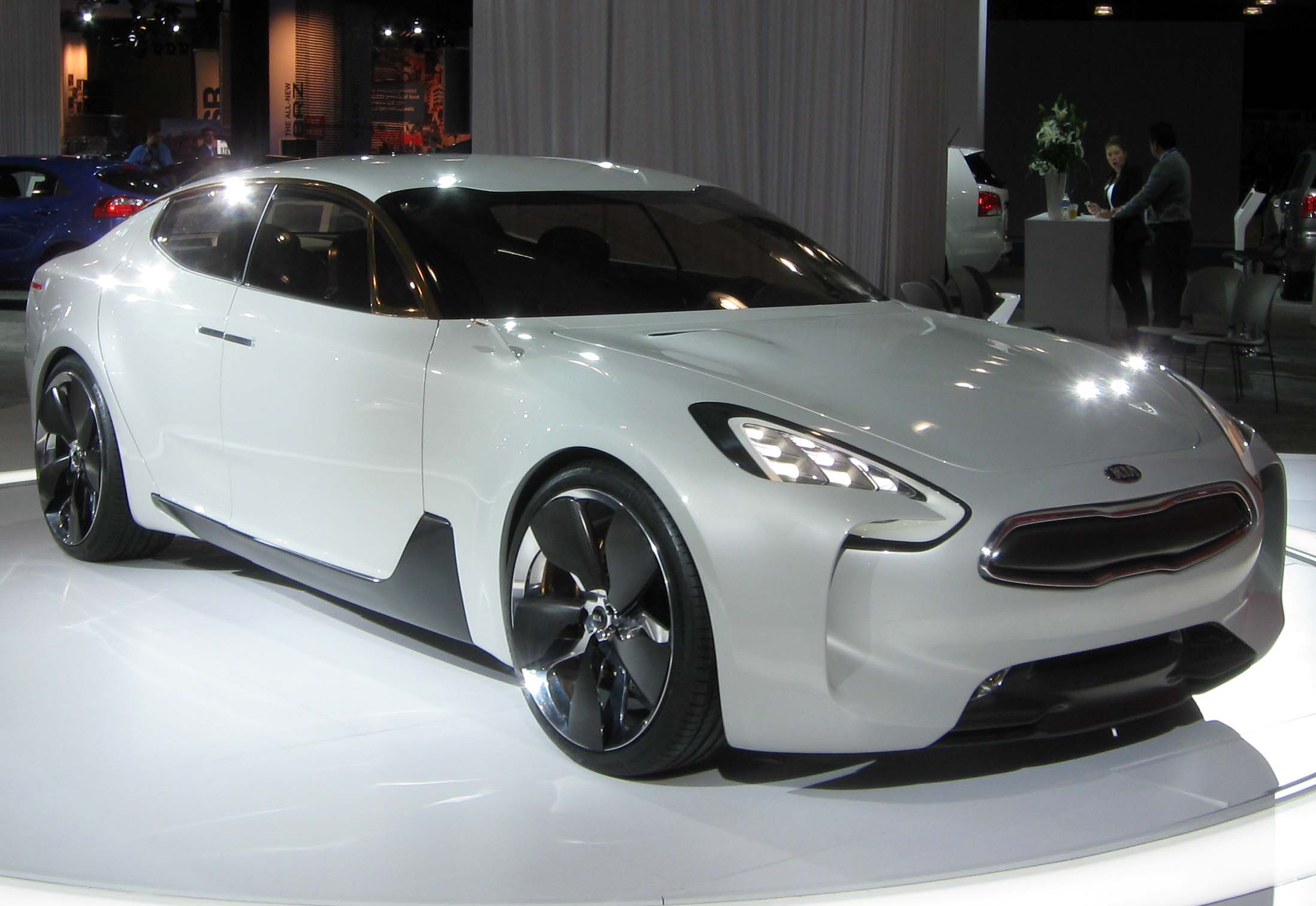
Peter Schreyer said it best when he spoke of the Kia GT concept in 2011, when it was first introduced.
We were blown away by the GT concept. It combines luxury and performance in a unique way, which was exclusive to Kia and Schreyer. The highlights included suicide doors, carbon-fiber wheels and an aggressive fascia. This combination is sure to make you a success.
Kia Provo Concept
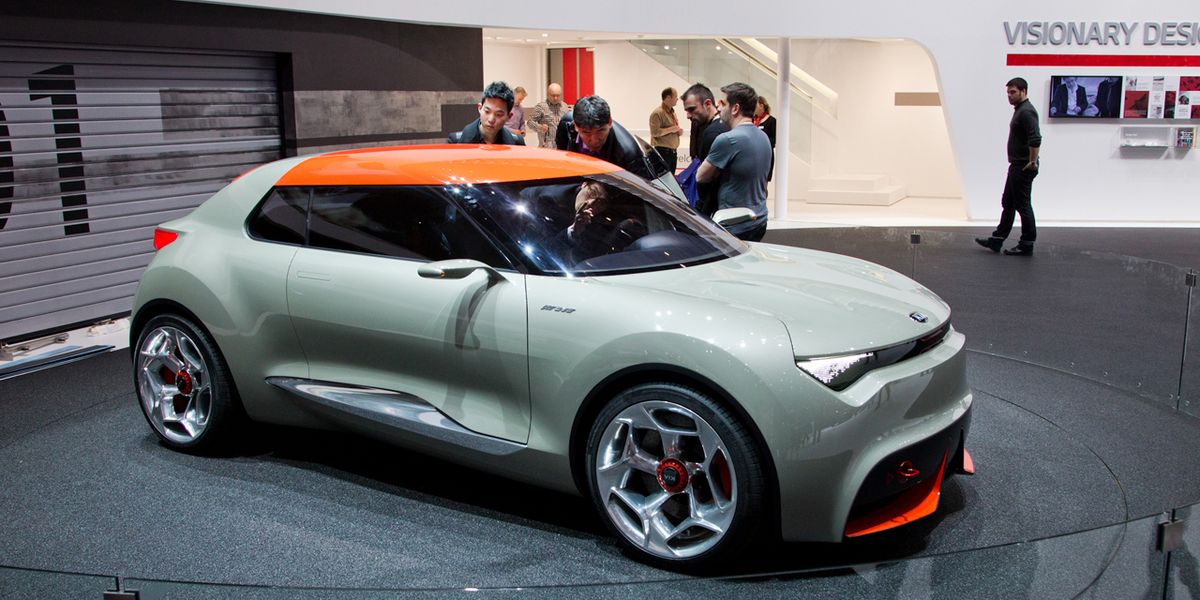
All unique. When it was launched in 2013, the Kia Provo concept wasn’t following any of the established design rules. It was designed for one purpose: performance. You should have noticed the overly aggressive fascia and leaning headlights as your first clues.
The exterior was coated with a healthy amount of carbon fiber, while the interior combined luxury, sport, technology and luxury in an (hypothetically) affordable package. The hybrid version of Kia’s 1.6-liter turbocharged 4-cylinder engine was under the hood, along with an all-wheel drive system and a fast-shifting dual clutch transmission.
Kia Pro_Cee’d GT
![]()
The Cee’d hatchback was available to European customers for as long as Schreyer has worked with Kia. Although the standard hatch is attractive, the entire lineup was able to compete with the Pro_Cee’d GT’s 2013 arrival.
The front fascia was seamlessly integrated with the three-door layout. Its suspension was lowered and given an aggressive stance. The rear is the most striking angle. It features a minimalistic design language that integrates the taillights into a hatch without adding unnecessary drama.
Kia Optima
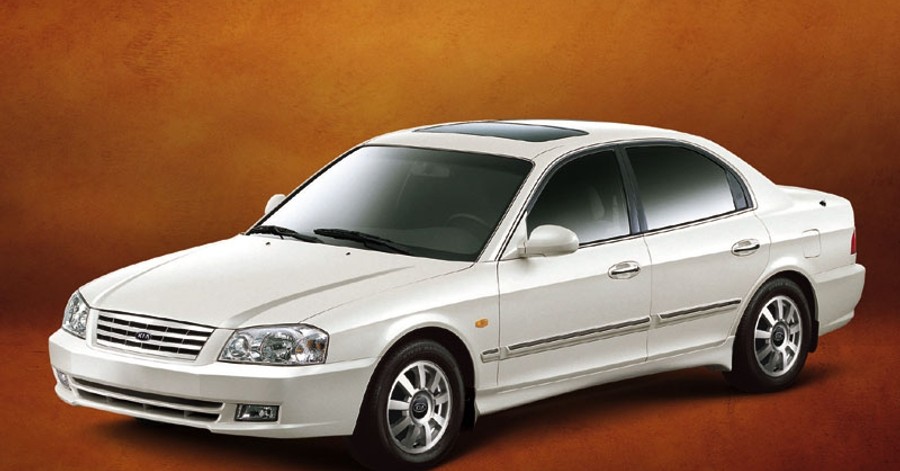
The Kia Optima is one of the most popular cars. Although the first generation of the mid-size sedan was introduced in 2000, it wasn’t until 2010 that the Optima saw its greatest success under Peter Schreyer.
The design of this car was quite different from the previous-generation models. It replaced it with a more sophisticated look that was targeted at an upscale buyer and features that were previously reserved for luxury brands.
The Optima has been a top-selling vehicle in its segment since 2015’s redesign. Buyers can now choose between a standard gasoline-powered version, hybrid version or a brand new Sportswagon (in countries outside of the United States).
Kia GT4 Stinger Concept
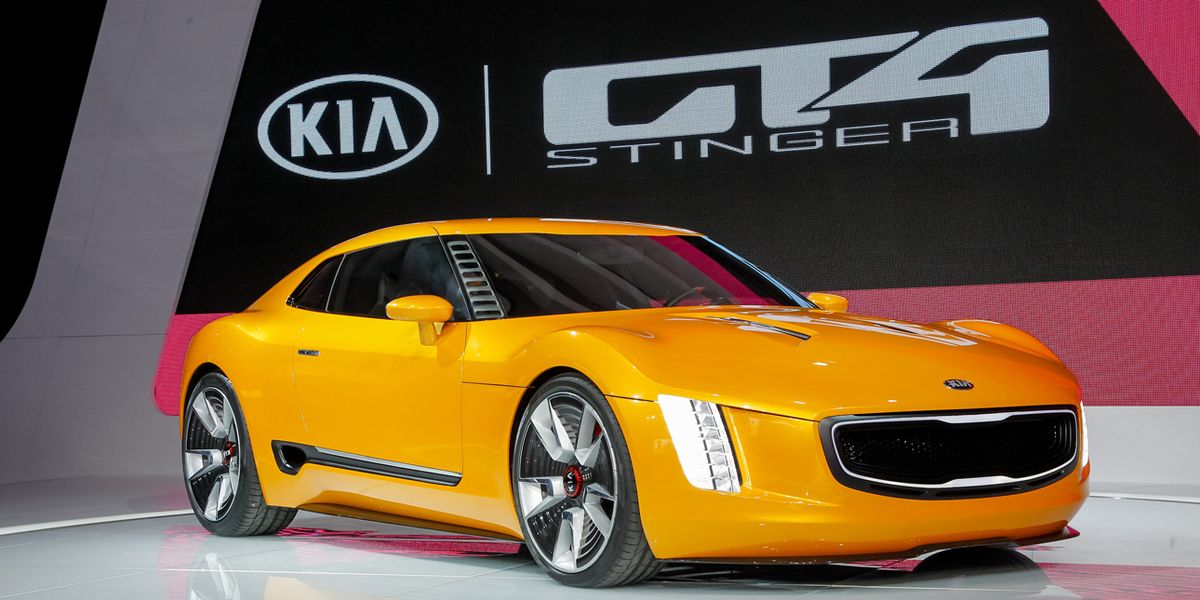
The GT4 Stinger, even by Kia standards was a surprise at the North American International Auto Show 2014 in Detroit. Even in concept form, it was the first truly sporty coupe that the company had ever introduced.
It was immediately iconic and abandoned the cues commonly found in “sports coupes” to favor a more muscular design. The tapered roof was the main feature. It was complemented by a stylish hatchback-style rear, which was especially cool with integrated LED lighting.